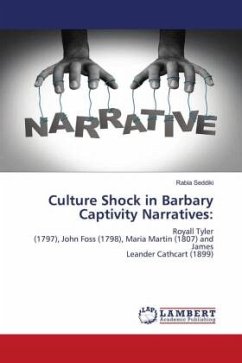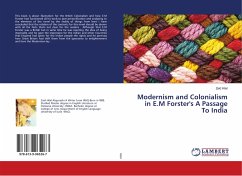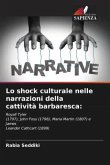This research paper studies the culture shock in Barbary captivity narratives: RoyallTyler's The Algerine Captive (1797), John Foss' Journal of Captivity and Sufferings (1798), Maria Martin's History of Captivity and Sufferings (1807), and James Leander Cathcart's The Captives, Eleven years a Prisoner in Algiers (1899).This paper shows that the narratives are experiences of a passage, the crossing of a boundary that allows for an encounter with otherness to take place. Being cut out from their culture, the captives were at a complete loss since their host culture involved different norms of cultural understanding such as, religion, food, clothing, gender roles, and traditions. The captives refused to adjust in the host culture through the rejection of these norms because, according to them, they threaten their identity.The captives depict their life in Barbary through highlighting the distinct features between America and Algiers from an ethnocentric standpoint.








